PEOPLE |
|
Principal Investigator: Dr. Tia-Lynn Ashman |
 |
Education: Dr. Ashman received her Ph.D. in 1991 with M.L. Stanton at the University of California at Davis, performed her postdoctoral studies with DJ Schoen at McGill University, and joined the Department in 1994. |
|
Postdoctorates |
|
Dr. Rajanikanth Govindarajulu |
|
|
|
RESEARCH:
I joined Dr. Ashman's group as a Post Doctoral Researcher in 2010 and I am currently involved in a collaborative effort to unravel early steps in the evolution of sex chromosome in strawberries. Recently I have been working on Fragaria x ananassa subsp. cuneifolia a wild form of the domesticated strawberry (Fragaria x ananassa subsp. ananassa) that we eat. F. ananassa subsp. cuneifolia is a natural hybrid of two American octoploid species Fragaria virginiana and Fragaria chiloensis that occur in a narrow hybrid zone along Pacific North West Coast. By applying a combination of genetic mapping and cytotyping, I am investigating evolutionary transitions of sex determining chromosomes and sexual dimorphism in these octoploid strawberries.I am also using DNA sequences generated from Illumina sequencing platform to identify high density SNP markers close to sex determining region to genotype the expanded mapping population of Fragaria virginiana to eventually tag the sex determining gene in strawberry. Along with the octoploids, I also work on a diploid species within the sexually variable clade of Fragaria that will ultimately enable us to understand the role of hybridization and polyploidy in the evolution of sex in strawberries.
|
PUBLICATIONS: Tennessen, J. A., R. Govindarajulu, T.-L. Ashman and A. Liston. 2014. Evolutionary origins and dynamics of octoploid strawberry subgenomes reveled by dense targeted capture linkage maps. Genome Biology and Evolution. 6(12):3295-3313. DOI.10.1093/gbe/evu261
Tennessen, J. A., Govindarajulu, R., Liston A., and T-L. Ashman. 2013. Targeted sequence capture provides insight into genome structure and genetics of male sterility in a gynodioecious diploid strawberry, Fragaria vesca ssp. bracteata (Rosaceae). Genes, Genomes and Genetics (G3) 3(8):1341-1351.
Isabella Salamone, Rajanikanth Govindarajulu, Stacey Falk, Matthew Parks, Aaron Liston, and Tia-Lynn Ashman. 2012. Bioclimatic, Ecological and Phenotypic intermediacy and high genetic admixture in natural hybrid of octopolid strawberries. American Journal of Botany 100:939-950.
Rajanikanth Govindarajulu, Aaron Liston and Tia-Lynn Ashman. 2012. Sex-determining chromosomes and sexual dimorphism: insights from genetic mapping of sex expression in a natural hybrid Fragaria x ananassa subsp. cuneifolia. Heredity 110:430-438.
Ashman, T-L, R. A.
Spigler,
Goldberg, M., Rajanikanth
Govindarajulu. 2011. Fragaria:
a
polyploid lineage for understanding sex chromosome evolution. In:
New Insights on Plant Sex Chromosomes, Rafael Navajas-Perez
(ed.) New
Insights on
Plant Sex Chromosomes, Nova Science Publishers: New York.
Pp 67-90. Rajanikanth
Govindarajulu, C.E.
Hughes, and C. D. Bailey. 2011. Phylogenetic and population genetic
assessment of
diploid Leucaena
reveal cryptic species
diversity and patterns of allopatric divergent speciation. American Journal
of Botany 98:
2049-2063 |
|
Visting Scientists |
|
Tayannah Rivers |
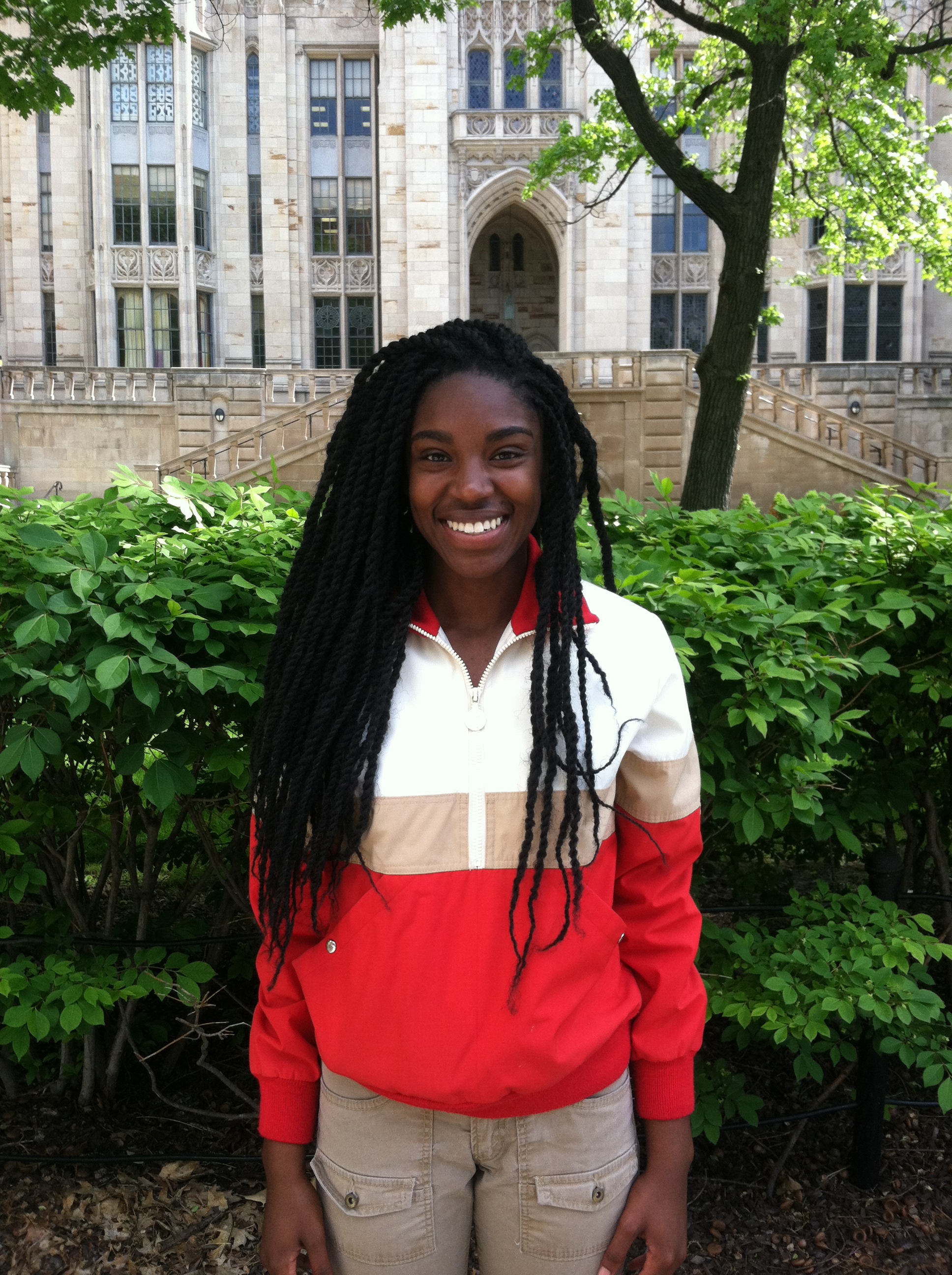 |
|
RESEARCH: Tayannah Rivers joins us for the summer from Howard University. She will be characterizing natural variation in candidate genes for drought resistance in Fragaria across a bioclimatic gradient. Back to the Top |
|
|
Hong Bo Zhao |
|
RESEARCH: I am a teacher and researcher of Zhejiang Agriculture and Forestry University, China. My research focuses on (1) the evolution of sexual systems from hermaphrodites to separate sexes, (2) population genetics and mating systems in endangered or endemic plants, and (3) adaptation mechanisms and genetic basis of reproductive processes in Osmanthus fragrans L. Oleaceae (flower bud differentiation and flower opening) to environmental factors (especially in cold accumulated temperature) using molecular and morphological data. Now I joined Dr. Ashman's group as a visiting scholar. I am particularly concerned in the evolution and genetics of different genders, and the evolution and maintenance of sexual systems and mating systems (the role and position of androdioecy and gynodioecy between hermaphroditism and dioecy). |
|
Marina Wolowski |
 |
|
RESEARCH: Marina is a PhD student at the Botanical Garden of Rio de Janeiro, Brazil, under the direction of Dr. Leandro Freitas. She is working on 'Pollen limitation of the ornithophilous assemblage in a Montaine Atlantic Forest' Back to the Top |
|
|
Junmin Li |
|
Anna Johnson |
 |
|
RESEARCH: Anna is a P.h.D canidate at the University of Maryland, Baltimore County (UMBC), in their geography and environmental systems department. Her research focuses on the processes that determine variation in plant species diversity and composition across urban landscapes. She conducts most of her fieldwork in Baltimore City, looking at plant communities of vacant lots, but has done some work in Pittsburgh, as well. A previous technician in the Ashman Lab, she is very happy to be back as a visiting scientist in the lab. Back to the Top |
|
|
Graduate Students |
|
George Meindl |
 |
|
RESEARCH: Biological
speciation occurs when genetic barriers evolve that limit gene flow
between previously interbreeding populations. While unusual soil
conditions, or edaphic factors, are well known to contribute to plant
speciation via physiological adaptation, less is known regarding how
these edaphic factors impact biotic interactions, and how these altered
interactions may contribute to reproductive isolation and speciation.
In addition, the influence of soil chemistry on gamete chemistry and
compatibility is poorly described. Understanding the origin of new
species remains a central goal of evolutionary biologists, but the
potential for soil chemistry to promote plant speciation via altered
plant-pollinator interactions and/or gamete compatibility is largely
unknown. |
PUBLICATIONS: Meindl, G. A., and T.-L. Ashman. 2014. Nickel accumulation by Streptanthus polygaloides (Brassicaceae) reduces pollinator visitation. Journal of Chemical Ecology DOI: 10.1007/s10886-014-0380x.
Meindl, G.A., D.J. Bain, and T.-L. Ashman. 2013. Edaphic factors and plant-insect interactions: effects of soil chemistry on pollination and florivory. Oecologia 173: 1355-1366.
Meindl, G. A. and T-L Ashman. 2013. The effects of aluminum and nickel in nectar on the foraging behavior of bumblebees. Environmental Pollution 177: 78-81.
Alonso, C., C. M. Navarro-Ferdandez, G. Arceo-Gomez, G. A. Meindl, V. Parra-Tabla, and T.-L. Ashman. 2013. Among species differences in pollen quality and quantity limitation: implications for endemics in biodiverse hotspots. Annals of Botany 112: 1461-1469. Meindl, G. A., and M. R. Mesler. 2011. Pollination biology of Darlingtonia californica (Sarraceniaceae), the California pitcher plant. Madrono 58: 22-31.
Griffin, E.A., R. Bendis, N. Brouwer, J. Hua, M. Koski, G. A. Meindl, and W.P. Carson. Review of: Tropical Rain Forest Ecology, Diversity, and Conservation. Ghazoul, J., and D. Sheil. Plant Sciences Bulletin 57: 71-73. |
|
Matt Koski |
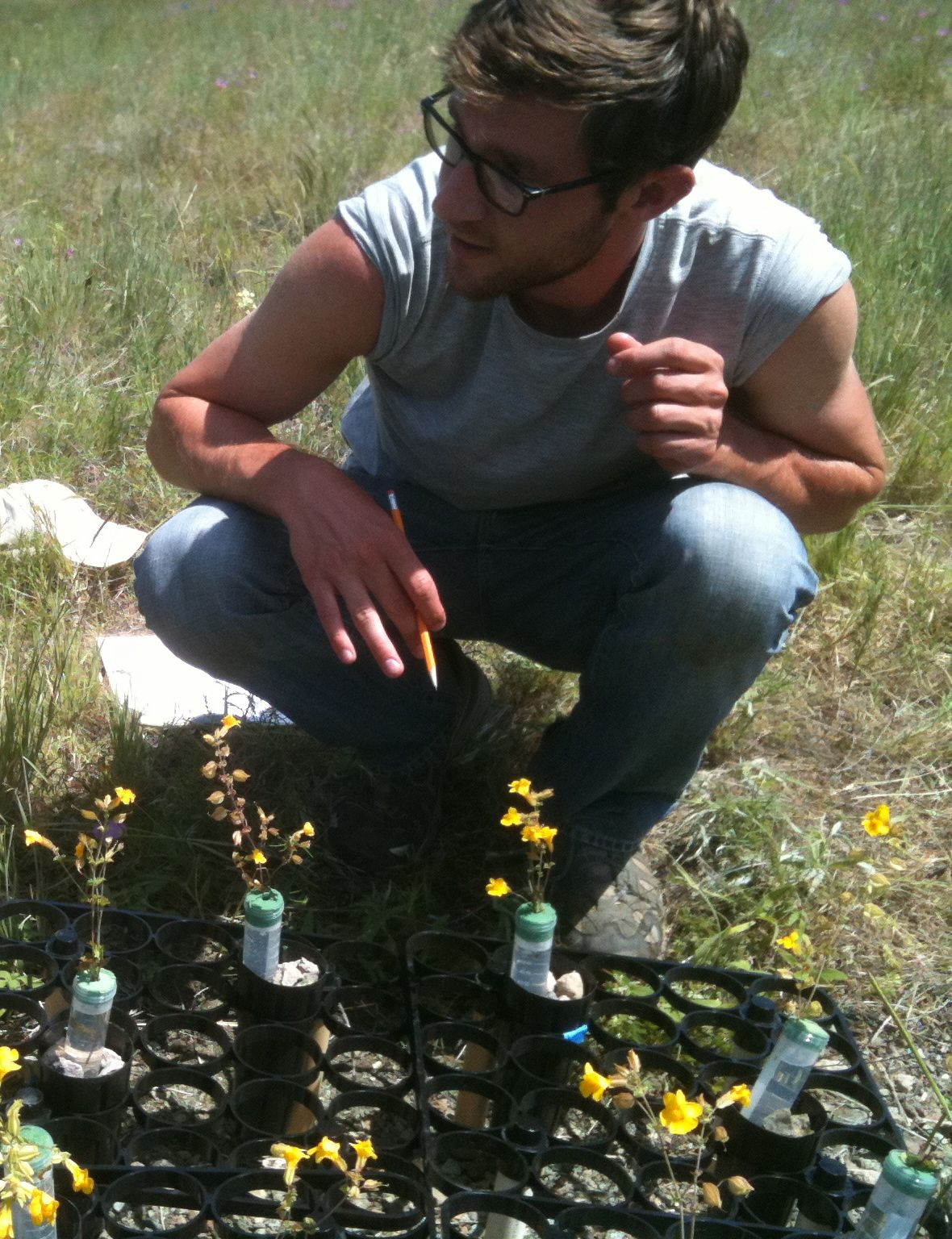 |
 |
|
RESEARCH: Human perceived flower color has been extensively studied in the context of pollinator-mediated selection, however insects perceive the world through a different lens than humans. In particular, insects see in the UV spectrum below the range of our visual perceptivity. A number of flowers have UV patterning that may be important to pollination success since UV patterns are often considered nectar guides for pollinators. The chemistry underlying UV absorption may function beyond pollinator attraction though. UV absorbing chemicals in flowers may protect from harsh abiotic conditions and/or act as antagonist deterrents. I (a) describe phenotypic and genetic variation for UV patterning within and among natural plant populations of Argentina anserina (formerly Potentilla) using UV photography and reflectance spectroscopy, (b) explore clines in UV pattern variation along elevation gradients to understand the potential agents of selection acting on UV traits, (c) manipulate flower patterning to determine the importance of UV variation to pollinators, and (d) use phylogenetic trait mapping to understand macroevolutionary trends of UV patterning in the Potentilla genus.
I also work on the maintenance of gynodioecy (separate females and hermaphrodites) in a wild diploid strawberry species, Fragaria vesca ssp. bracteata. This is a close relative to dioecious and subioecious octoploid strawberries that give rise to the strawberry you eat. In the field, hermaphrodites have high selfing rates and in the greenhouse, females do not compensate for their loss of male function through greater seed production (quantity). Thus, maintenance of females may be explained by high inbreeding depression among hermaphrodites or higher seed quality than hermaphrodites. Studies to test these assertions are underway. Finally, using controlled crosses, I work to understand the genetics of sex determination in this species, as sex determination is key to predicting sex ratios and population dynamics in gynodioecious species. Back to the Top |
PUBLICATIONS: Dalton, R.M., M.H. Koski, and T.-L. Ashman. 2013. Maternal sex effects and inbreeding depression under varied environmental conditions in gynodioecious Fragaria vesca subsp. bracteata. Annals of Botany 112(3):613-21. Koski, M., and T.-L. Ashman. 2013. Quantitative variation, heritability and correlations for floral ultraviolet traits in Argentina anserina (Rosaceae): implications for floral evolution in the UV spectrum. International Journal of Plant Sciences 174(8):1109-1120. Li., J., Koski, M., Ashman, T-L. 2012. Functional characterization of gynodioecy in Fragaria vesca ssp. bracteata. Annals of Botany 109(3): 545-552
|
|
Gerardo Arceo-Gomez |
|
RESEARCH: Studies of plant-pollinator interactions have often emphasized simple pair-wise interactions although individual plant species typically co-occur and flower with other plant species in a community. Co-flowering plant species frequently share pollinators and compete for their services which could affect the quality and quantity components of pollen limitation of seed set. Moreover, how selection on floral traits changes with increasing community diversity is not known and two main trajectories may be predicted: a) selection to increase floral traits that attract pollinators or b) selection to increase reproductive assurance via selfing. Using Mimulus guttatus in serpentine communities as a model system my research is focused on evaluating how quality and quantity components of pollen limitation vary with increasing community diversity, the roles of pollinator competition and interspecific pollen transfer in underlying pollen limitation and how community context influences floral trait and mating system evolution, potentially leading to geographic mosaics of selection. Back to the Top |
PUBLICATIONS:
Alonso C., Navarro C., Arceo-Gomez G., Meindl G.A., Parra-Tabla V., Ashman T-L. 2013. Among species differences in pollen quality and quantity limitation: implications for endemics in biodiverse hotspots. Annals of Botany doi:10.1093/aob/mct213.
Ashman T-L., Arceo-Gomez G. 2013. Towards a predictive understanding of the fitness costs of heterospecific pollen receipt and its importance in co-flowering communities. American Journal of Botany 100:1061-1070.
Abdala- Roberts L. D. Marrufo-Zapata, G. Arceo-Gomez, V. Parra-Tabla. 2012 Reproductive success in populations of Ruellia nudiflora: the role of pollen limitation, fruit abortion and automatic self-pollination. Plant Species Biology doi: 10.1111/j.1442-1984.2012.00392.x Arceo-Gomez G., M.L. Martinez, V. Parra-Tabla, J.G. Garcia-Franco. 2012. Floral and reproductive biology of the Mexican endemic Chamaecrista chamaecristoides (Fabaceae). Journal of the Torrey Botanical Society 139: 260-26 Arceo-Gomez G., Ashman T-L. 2011. Heterospecific pollen deposition: Does Diversity alter the consequences? New Phytologist DOI: 10.1111/j.1469-8137.2011.03831.x
|
|
Kate LeCroy |
 |
|
RESEARCH: I plan to study how climate warming may disrupt the dynamics of pollination communities. How will climate change alter pollination? This question has not been fully empirically answered from a community perspective. Plant species with overlapping phenologies may indirectly interact via shared pollinators, and these interactions can have negative (competition-,-;e.g. for pollinator visits or increased heterospecific pollen transfer) or positive (facilitation +0;+,+;e.g. simulataneous facilitation and sequential facilitation) effects. Disruption of these interactions can have consequences for quantity and quality of pollen received and thus could affect reproductive fitness. Previous research also projects altered pollinator phenology or pollinator loss, which could further exacerbate disruption of interactions. I will analyze pollination quantity and quality in manipulated plant communities that reflect projected scenarios of climate warming for plants and pollinators. This research will be conducted in the serpentine seep communities of northern California, an ecosystem type that is highly vulnerable to biodiversity loss. My experimental work will answer the call to solve outstanding questions concerning how climate change will affect plant phenological overlap, plant-pollinator interactions, and plant fitness. Another incredibly important goal I have for the next five years at Pitt is to actively engage the public in understanding pollination and why it's important. I recently helped develop POP-UP! (Pollination Outreach Project for Urban Programs) with Dr. Ashman and the PittBio Outreach Department. We teach children from Kindergarten to middle school about what pollination is, what pollinators are, and why pollination is important through interactive teaching with displays, hands-on pollination activities, and a fun relay game where the children are "pollinators" or "flowers". Not only is this a fun activity (I get to dress up as a bumblebee), but also we're able to get kids thinking about science as a relevant and valuable part of our world. Back to the Top |
PUBLICATIONS: Lecroy, Kathryn A., H. W. Shew, and P. A. Van Zandt. 2013. Pollen presence on nocturnal moths in the Ketona dolomite glades of Bibb County, Alabama. Southern Lepidopterists' News 35(3): 136-142. Lecroy, Kathryn A. 2013. Early 19th-century expressions of popular botany through sentimentalism in American gift books and annuals. Plant Science Bulletin 59(2): 29-35. |
|
Nikki Forrester |
| RESEARCH: In the Ashman lab, I would like to explore questions about floral trait evolution, particularly in the context of complex communities where plants are visited by both pollinators and antagonistic species. By using an integrative approach, where I combine field experiments and genetics techniques, I hope to gain an understanding of the molecular and ecological mechanisms underlying floral trait evolution. My interest in pollination biology began as an undergraduate. I tested a long-standing adaptationist hypothesis about pollination biology in the yellow lady's slipper orchid (Cypripedium parviflorum). By conducting a series of field and lab experiments, I measured the effects of light and gravity on the behavior of a pollinating bee species (Andreana macra). After graduating, I worked as a research technician in the Taylor lab at the University of Virginia. I studied variation in mitochondrial and chloroplast genomes across the Silene genus. I also worked on a mapping population project in Silene vulgaris to determine the areas of the genome involved in sex determination. Since joining the Taylor lab, I have developed interests in population genetics and the genetic mechanisms underlying traits of ecological importance. Back to the Top |
|
Post-baccalaureate |
|
Alannie-Grace Grant |
 |
|
RESEARCH: Driven by a multidisciplinary background in environmental studies and molecular biology, Alannie will be studying cytotypic introgression patterns between F. v. americana and F. v. bracteata in Dr. Ashman's Lab this fall. Interior F. v. americana sometimes forms populations near to the coast-favoring F. v. bracteata. Where these populations overlap there is potential for hybridization. Alannie will examine how these hybridization events influence F. v. bracteata cytotypes. Alannie graduated from New York University with a degree in environmental studies and minors in chemistry and in molecular & cellular biology. She previously worked as assistant ecologist at New York City's Great Ecology. She spent the summer in the White Mountains in NH, where she interned for the Multiple Element Limitation Project, collecting field data. She presented her research on the inhibiting effects of beech root sprouts on sugar maple understory at the 49th Annual Hubbard Brook Meeting. Back to the Top |
|
|
Lab Technician |
|
Katie Schuller |
|
Background:
I have a bachelors of science in
Ornamental Horticulture
from Penn State. I have past career
experiences including botanical conservatories, wholesale and retail
production
nurseries, instructing classes in Horticulture, and managing a
germplasm
bank. My most relevant work experience
was managing the plant collection of the Charles Rick Tomato Genetic
Resource
Center for the University of California at Davis. I recently
earned my Master Gardener
Certification with Penn State Cooperative Extension and continue to
volunteer
in the Greater Pittsburgh Area. |
|
Undergraduates |
|
Kyle DeHart |
 |
|
RESEARCH: Effective learning requires hands-on education. However, science education in the secondary and middle school systems have been supplanted by attenuated curriculums designed to help students pass government mandated education tests. As a consequence, students in the 21st century are not equipped with the necessary skills to think like scientists, a critical component in our modern society.
My research has focused on the design of an inquiry based middle school scientific curriculum in collaboration with the University's Outreach Program. Titled, "The Strawberry Caper", the project intends to instruct middle school students in ecology, molecular biology, and genetics principles in a hands-on, laboratory oriented environment.
Outside of the lab, my other research interests include forest/plant pathology, mycology, and conservation biology Back to the Top |
|
Lauren Stanley |
|
RESEARCH: I joined the Ashman Lab in the summer of 2012 to begin work on the FvB Geographic Structure Project. My research explores the occurrence and causes of gynodioecy, the maintenance of female plants alongside hermaphrodites, within the strawberry subspecies Fragaria vesca subsp. bracteata. I specifically focus on the geographic distribution of distinct haplotypes of mitochondrial and chloroplast genes. I also investigate hybridization as a possible contributor to gynodioecy, studying specific markers within the nuclear genome to characterize admixture in F. v. bracteata Back to the Top |
|
Bella Salamone |
|
RESEARCH: I have worked in the Ashman lab as an undergraduate research assistant since September 2010. Majoring in Molecular Biology and Classics, I spent a year helping out around the lab before earning a Brackenridge Summer Research fellowship in 2011, which enabled me to come in on the Ashman lab's wide-sweeping F. cuneifolia project. Over the course of the summer and into the fall term, I, along with Stacey Falk and Raj Govindarajulu, have been working to both phenotypically and genetically characterize the F. cuneifolia hybrid zone in the northwestern United States. Back to the Top |
|
Rebecca Dalton |
 |
|
RESEARCH: I joined the Ashman Lab in the spring of 2011. I have been extensively studying Fragaria vesca subsp. bracteata, a gynodioecious species. For a gynodioecious population (comprised of both pollen-sterile females and pollen-bearing hermaphrodites) to be sustained, females must demonstrate either a seed quantity or quality advantage to compensate for loss of male function. Thus far, we have found that hermaphrodites are able to produce more seeds, but progeny may suffer from inbreeding depression under certain conditions. This year, our focus is on the mechanisms of sex-determination in this species. Back to the Top |
|
Heidi Wipf |
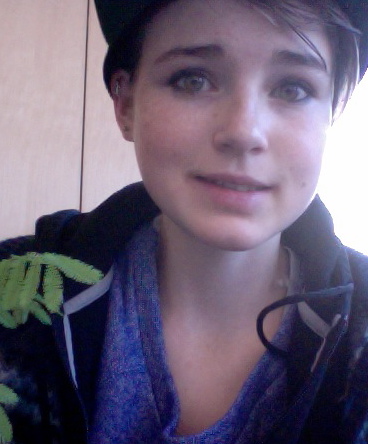 |
|
RESEARCH: I have just started working in the Ashman lab this past semester, spring 2013. I am a sophomore studying biology and am very interested in more closely studying plant interactions and development. I have begun research on the Fragaria vesca subsp. bracteata project, looking at gynodioecy and the mechanisms by which it occurs. Specifically, I will be helping to process anther collection data, where the pollen quality and quantity from hermaphrodites may indicate the inheritance patterns of genes affecting sex determination. Back to the Top |
|
Courtney Kutsek |
|
RESEARCH: I joined the Ashman lab as an undergraduate researcher in January 2013 assisting on a project examining the pollen viability of Fragaria vesca subsp. bracteata to discover if there is genetic variation related to male fertility. Back to the Top |
|
Caroline Murray |
|
RESEARCH: As a Biological Sciences major, I am glad to have the opportunity to participate in research in the Ashman lab. I am assisting George Meindl in his research involving the accumulation of heavy metals in plants grown in serpentine environments. I will assist in sampling tissues from species in the Brassicaceae family. Specifically, the accumulation of nickel and calcium will be compared between these species. The accumulation of metal in the reproductive tissues of a plant affects not only its reproductive success, but may extend to affect the behaviors of pollinators and consequentially higher trophic levels. Back to the Top |
|
|
High School & Middle School Science Teachers |
|
Theresa Rabogliatti |
|
RESEARCH:
Ms. Theresa Rabogliatti is a Science teacher for grades 6th-8th at Our Lady of Grace School, she worked with the Ashman Lab to conduct primary research, as well as was one of the teachers implementing the 'Strawberry Caper' curriculum. She is translating her hands-on knowledge to her unique implementation of the curriculum that leads up to the Caper as well as tailor 'tie-ins' throughout the year with science and other subjects. Back to the Top |
|
Stacy Falk |
|
RESEARCH:
During the school year I am in the classroom teaching Biology at South Park High School but in the summer I can be found in the lab engaged in research. This summer I am working in the Ashman lab on a project with Isabella Salamone and Raj Govindarajulu to characterize the phenotype and cytotype of Fragaria cuniefolia, a wild strawberry hybrid. I enjoy spending my summers involved in research endeavors where I can learn more about the ever-expanding world of biology and determine the best methods of presenting this information to my students. Back to the Top |
|
High School Students |
|
The Ashman Lab has partnered with School2Career to provide hands-on career-specific training in Biology for high school students enrolled in School2Career Program. Our first student Alonae Phillips worked with us during her school breaks.
Our current student, De'Andre Mosley, a junior at the Pittsburgh Science and Technology Academy. His focus is on Environment and Energy and he works with us twice a week after school. He will continue to work with us over the summer in order to gain experience in the field. Back to the Top |
|
Nila Suresh from North Allegheny High School works on a project to see if metals in pollen affects pollen-pollen interactions. |
|
Past Undergrads (2010-2012) |
 |
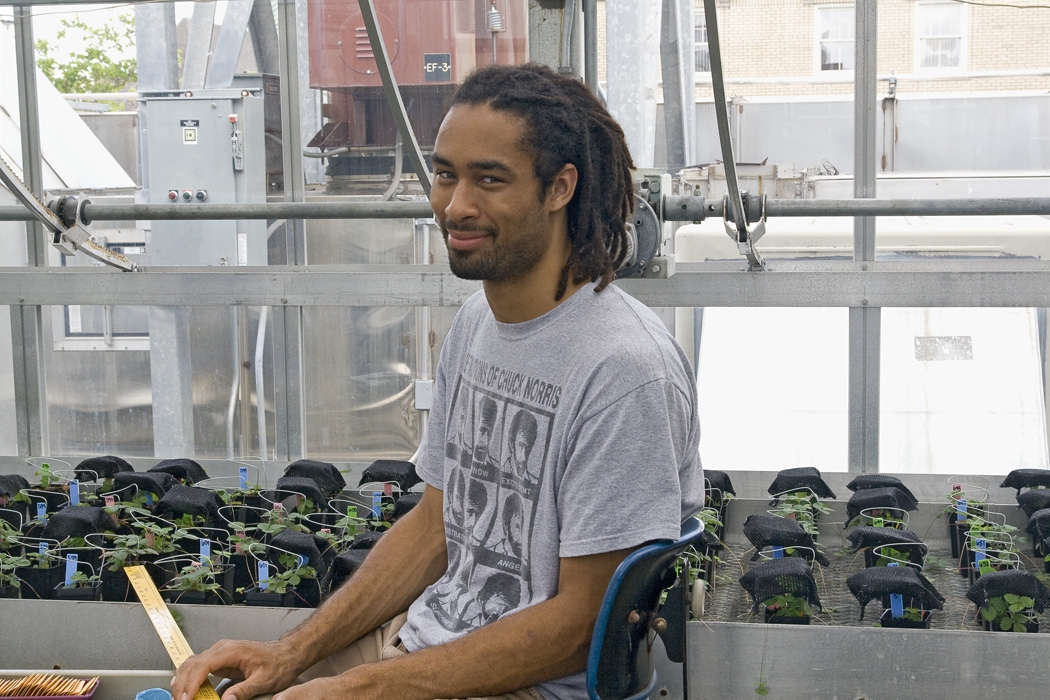 |
 |
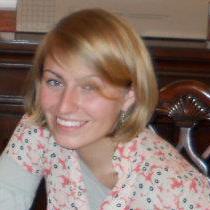 |
 |
|
Devon Jackson(Undergraduate) - 2012 Anneka Jankowiak(Undergraduate) - 2012 Clare Kohler(Undergraduate) - 2012 Ronni McKown(Undergraduate) - 2012 Nishant Singh(Undergraduate) - 2012 Margot Goldberg(Undergraduate) - 2010 |